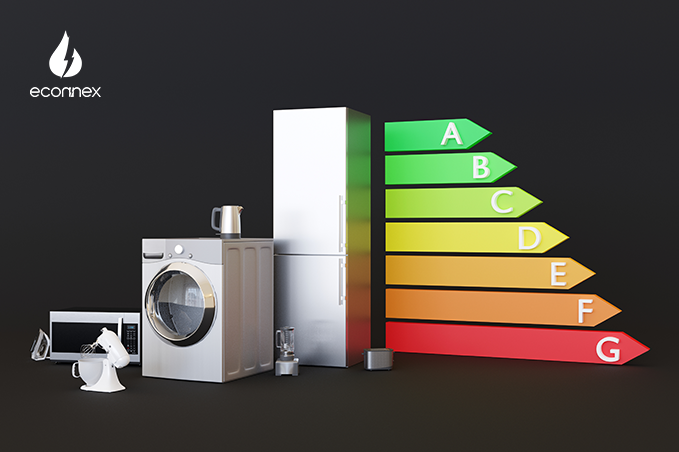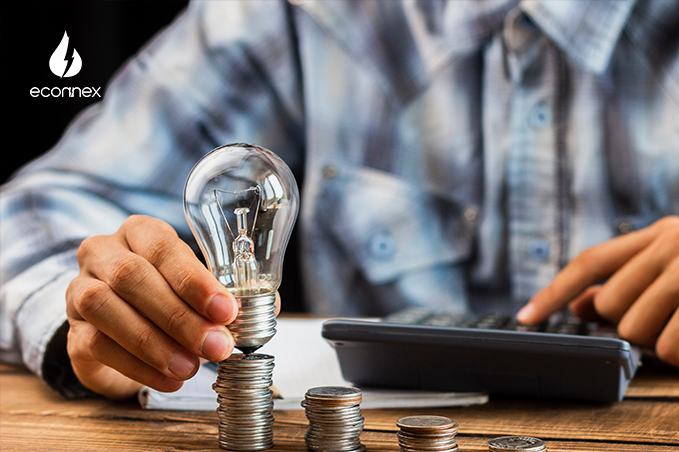Discover how to monitor the electricity generation of your solar panels effectively. Optimize your solar power system's performance and maximize energy savings.

Published on 19/12/2023
By Rajesh Kumawat
Solar Comparison
Solar panels have become a popular choice for homeowners looking to harness clean and renewable energy. Installing solar panels on your rooftop is an excellent way to reduce your carbon footprint and save on electricity bills. However, one common question that arises among solar panel owners is: "How do I know how much electricity my solar panels are generating?" In this comprehensive guide, we will explore various methods and tools that can help you monitor the performance and output of your solar panels accurately.
Before delving into monitoring techniques, it's essential to understand how solar panels generate electricity. Solar panels consist of photovoltaic cells that convert sunlight into direct current (DC) electricity. This DC electricity is then converted into alternating current (AC) through an inverter, which can be used to power your home or fed back into the grid. The electricity generated by your solar panels depends on factors such as sunlight intensity, panel orientation, shading, and the efficiency of the panels themselves.
One of the most effective ways to monitor your solar panel output is by using a dedicated solar monitoring system. These systems provide real-time data on the electricity production of your solar panels. They often come with user-friendly interfaces and can be accessed via a computer, smartphone, or tablet. Solar monitoring systems allow you to track the total energy production, daily output, and historical data of your solar panels. Some advanced systems even provide insights into individual panel performance and highlight any issues or inefficiencies.
Most solar power systems are equipped with inverters that convert DC electricity into usable AC electricity. Many modern inverters come with built-in monitoring capabilities, allowing you to track the performance of your solar panels. Inverter monitoring typically provides data on energy production, daily output, and system status. While it may not offer the same level of detail as dedicated monitoring systems, it provides valuable insights into the overall performance of your solar panels.
Smart meters are another useful tool for monitoring solar panel output. These advanced energy meters are installed by utility companies and can measure both energy consumption and production. By integrating your solar power system with a smart meter, you can accurately track the electricity generated by your solar panels and determine how much is being consumed or exported to the grid. Smart meters often come with online portals or mobile apps that provide detailed information about your energy usage and solar production.
If you prefer a hassle-free approach to monitoring your solar panel generation, you can opt for third-party monitoring services. These services are often provided by solar installation companies or independent monitoring providers. They use advanced monitoring technologies and algorithms to track the performance of your solar panels remotely. Third-party monitoring services offer comprehensive reports, performance analysis, and even alert you in case of system malfunctions or underperformance.
Knowing how much electricity your solar panels are generating is essential for assessing their performance and maximizing their benefits. By using monitoring systems, inverter monitoring, smart meters, or third-party monitoring services, you can accurately track the energy output of your solar panels and make informed decisions about energy usage and system maintenance. Monitoring your solar panel electricity generation helps you optimize your energy savings, detect potential issues, and ensure the long-term efficiency of your solar power system. Whether you choose a dedicated monitoring system or rely on built-in monitoring capabilities, staying informed about your solar panel performance empowers you to take full advantage of your clean and renewable energy source.



